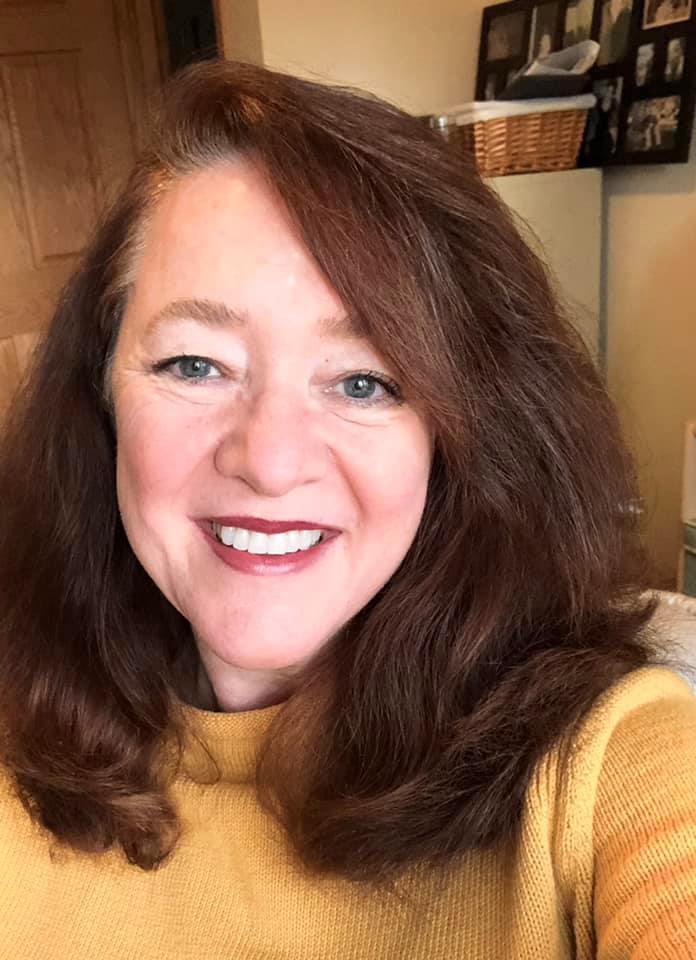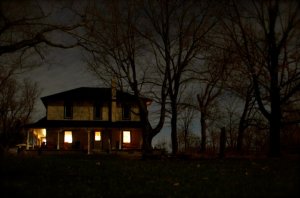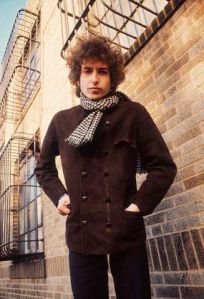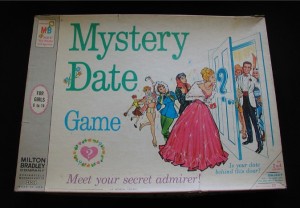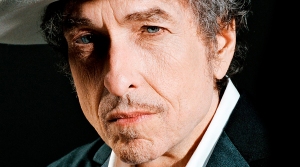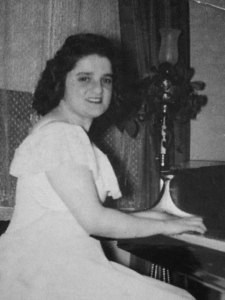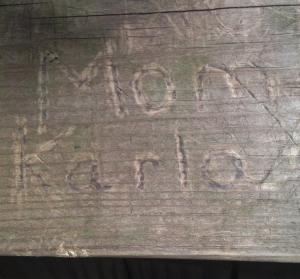One of my favorite men will be turning 101 years old in July. He lives at a nearby residence for the elderly and disabled and I see him every month when I help out at the food pantry there. I’ll call him James.
James, at 100, is still almost 6’2. He remains a handsome man with fine features, but he doesn’t smile readily or put up with fools or fake comments like, “Hello, young man!” . He’s lived too long to waste time.
James’ parents immigrated from Belgium to Canada and then to Wisconsin, where they worked as sugar beet farmers. James worked in the fields and one of his earliest memories is of his mother wrapping rags around his bleeding knees as he thinned the beet roots in the late spring. He kept working with the rags on his knees. He was five years old at the time.
At the beginning of World War II, James was married and his wife was expecting their first child. He was drafted and went to Europe, where he fought until the war was over. He was among the troops that landed on Normandy the day after D-Day. All they were told was that they wouldn’t face “the resistance the boys had the day before”.
James was one of the first American soldiers to liberate Dachau. He said that when he was later on a boat on the Rhine, he stared at the perfect symmetry of the German vineyards. All he could think about was how it echoed the symmetry of the bodies at Dachau, stacked like firewood.
Once the war ended, James came home to the family farm where he’d lived most of his life. His wife and child were living with his parents there and they had a huge dinner to welcome him home. After dinner, he asked if he could go for a walk by himself.
As James walked down the paths he knew like the back of his hand, the sun set and the house was out of sight. He stopped for a moment and looked up at the moon. And, suddenly, he had no idea where he was. He didn’t know what continent he was on nor which direction to walk. It lasted about thirty seconds and then the disorientation went away. As James told me the story, he paused and said, “Just thinking about that moment puts me right back there. You know, I’m a hundred years old and that’s the only time in my life I’ve been disorientated.”
I looked at James, but there was nothing to say. I can’t fathom what he’s experienced, what he’s seen. I don’t understand fully what that particular moment meant to him. But from the expression on his face, a combination of puzzlement and joy, I know it never left him. And I’m honored he shared it with me.
